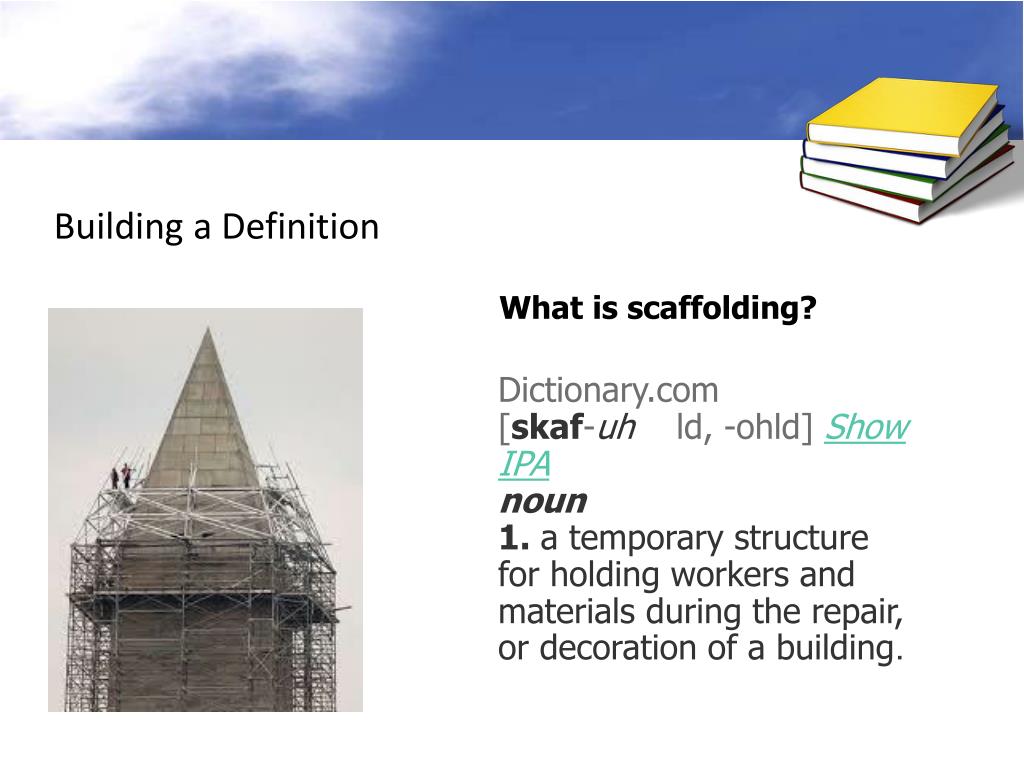
This study investigates how teachers use scaffolding strategies to support students learning English L2 in a content and language integrated learning (CLIL) classroom. However, CLIL teachers need to create more specific learning activities to provide their students with more support. The results imply that natural and social science teacher complement each other. CLIL teachers scaffold differently in the natural and social sciences the natural science teaching has more visual aids, whereas the social science teachers allows for more student talk. However, they provide few strategies to help students solve tasks, such as modelling and strategy use. The findings indicate that CLIL teachers scaffold their students to comprehend material. A coding manual (PLATO) was used to identify the scaffolding strategies the teachers used. Twelve lessons (science, geography and social science) were filmed in one 11th-grade CLIL class. Using the framework, the study investigates how three Norwegian CLIL teachers support learning for second language learners (SLL) through scaffolding.
#Scaffold meaning when teaching how to#
The present study suggests a framework for how to empirically identify and classify scaffolding.

Scaffolding students’ learning is a possible way of overcoming these challenges, but there are few studies on this in Content and Language Integrated Learning (CLIL) contexts.

Teaching through a second language (L2) poses many challenges, as second language learners (SLLs) have fewer linguistic resources in the language of instruction.


 0 kommentar(er)
0 kommentar(er)
